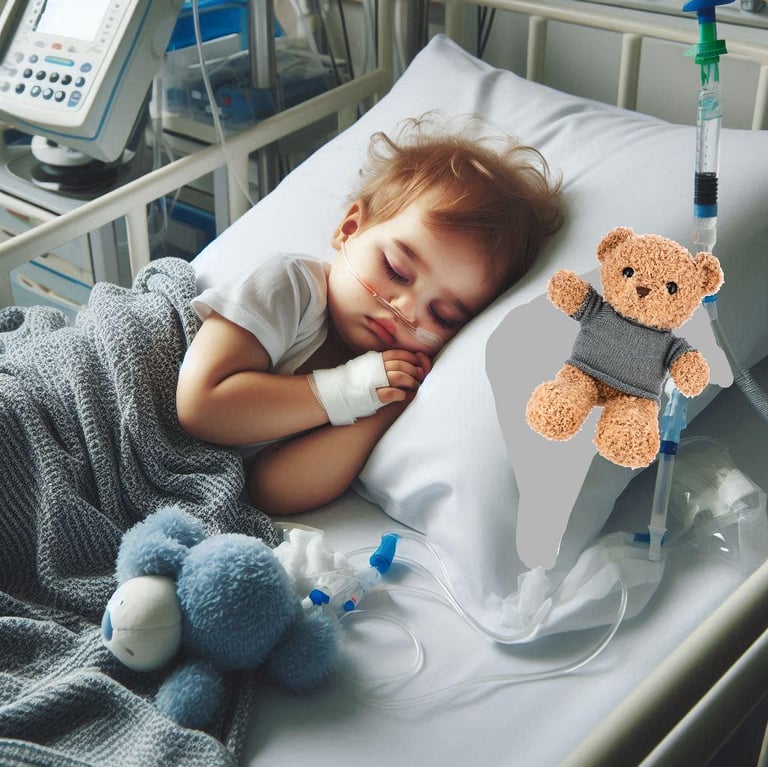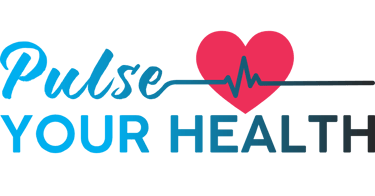Stay updated on what is trending in health. Discover tips and resources for a healthier, balanced life.
Invasive Meningococcal Disease (IMD): What You Need to Know
Invasive Meningococcal Disease (IMD) is a rare but deadly bacterial infection. Learn the symptoms (like fever + stiff neck + rash), who’s at risk, and why early action saves lives. Plus: vaccine options and prevention tips.
DISEASES AND CONDITIONS
Dr. S. Ali
6/8/20253 min read


Invasive meningococcal disease (IMD) is a serious bacterial infection that requires prompt attention. While rare, it can progress quickly—starting with flu-like symptoms that may develop into severe illness. The key is awareness: recognizing early signs (like sudden fever, headache, or stiff neck) and seeking care immediately can make all the difference. Fortunately, vaccines and preventive steps offer strong protection for those at higher risk.
Let’s break it down in plain terms.
What Exactly Is Invasive Meningococcal Disease?
IMD is caused by Neisseria meningitidis, a bacteria that can trigger two nightmare scenarios:
1. Meningitis – Infection of the brain/spinal cord lining
2. Septicemia – A bloodstream infection that causes tissue damage and organ failure
The scariest part? It moves fast. Someone can go from "feeling off" to critically ill in under 24 hours.
Who’s at Risk?
While anyone can get invasive meningococcal disease (IMD), these groups face higher danger and should be extra cautious:
1. Babies Under 1 Year
Their immune systems aren’t fully developed yet.
Highest risk age group for severe infections.
2. Teens & Young Adults
Why? Close-contact habits:
Sharing drinks, vapes, or utensils
Living in dorms or military barracks
Crowded social settings
Peak cases occur in college freshmen.
3. People With Weakened Immune Systems
Those without a spleen (or with spleen dysfunction)
HIV patients
People taking immune-suppressing drugs (e.g., for autoimmune diseases)
4. Travelers to High-Risk Regions
The "meningitis belt" (sub-Saharan Africa) has frequent outbreaks.
5. Lab Workers & Outbreak Exposures
Scientists handling Neisseria meningitidis samples.
People in close contact with a confirmed case (household members, daycare groups).
Symptoms: Don’t Ignore These Red Flags
Early symptoms mimic the flu, which makes IMD tricky. But watch for these combos:
Meningitis signs:
Sudden high fever
Worst headache of your life
Stiff neck (can’t touch chin to chest)
Nausea with or without vomiting
Sensitivity to light
Septicemia signs:
A rash that looks like small purple or dark red bruises (doesn’t fade when pressed with a glass—"glass test" or “tumbler test”)
Cold hands and feet despite fever
Rapid breathing or confusion
Professional tip: If someone has a fever plus a rash that doesn’t fade, go to the ER immediately.
Note: Meningitis rashes can be purple, red, brown, or invisible on Asian or dark skin. When in doubt, ACT FAST. Seek the help of a doctor or take the patient to ER immediately.
How Do You Catch It?
The bacteria spread through respiratory droplets—think of the following:
Coughing or sneezing near others
Sharing drinks or utensils
Close-contact living (dorms, military barracks)
Good news: It’s not as contagious as colds or COVID. You can’t catch it from casual contact like touching doorknobs.
Treatment: Speed Saves Lives
IMD is a medical emergency. Treatment includes:
IV antibiotics (started ASAP)
Hospital care (for organ support)
Close monitoring (for complications like development of sepsis related complications and brain swelling)
Even with treatment, 10-15% of cases are fatal, and 1 in 5 survivors have permanent disabilities (like hearing loss, brain damage).
Prevention: Your Best Defense
Vaccines target the most dangerous bacterial strains:
Smart Habits
Avoid sharing drinks, lip balm, or vaping devices
Wash hands frequently
Seek care fast if exposed (antibiotics may prevent infection in close contacts)
Meningococcal Vaccine for Travel: When & Where You Need It
The meningococcal vaccine is a key travel vaccine for certain destinations. It's mandatory for pilgrims visiting Saudi Arabia (Hajj/Umrah), for example, and strongly recommended for travelers to sub-Saharan Africa's "meningitis belt" (especially during dry season). The vaccine protects against deadly bacterial strains (A, C, W, Y) that spread more easily in crowded conditions. Many countries require proof of MenACWY vaccination at least 10 days before entry.
Bottom Line
IMD is rare but ruthless. Knowing the symptoms and acting fast is the difference between life and death. If you or someone you know has:
Fever + headache + stiff neck
Fever + purple or red or reddish-brown, or brown rash
Don’t wait—get emergency care IMMEDIATELY.
Vaccines save lives. Talk to your doctor about which meningococcal shots you or your kids need.
Sources:
CDC: Meningococcal Disease
https://www.cdc.gov/meningococcal
World Health Organization (WHO): Fact Sheet
https://www.who.int/news-room/fact-sheets/detail/meningococcal-meningitis
National Health Service (NHS) UK: Meningococcal Vaccines for Travel
https://www.nhs.uk/conditions/vaccinations/meningococcal-vaccine/
European Centre for Disease Prevention and Control (ECDC): Meningococcal Disease and Travel
https://www.ecdc.europa.eu/en/meningococcal-disease/facts
Travel Health Pro (UK Government Collaboration):Meningococcal Disease Factsheet
https://travelhealthpro.org.uk/factsheet/43/meningococcal-disease
Mayo Clinic: Meningococcal Vaccine Overview
https://www.mayoclinic.org/drugs-supplements/meningococcal-vaccine/intrg/art-20068517
Saudi Ministry of Health – Hajj Requirements: Vaccine Guidelines for Pilgrims
https://www.moh.gov.sa/en/Hajj/HealthGuidelines/Pages/Vaccination.aspx
Australian Government – Department of Health: Meningococcal Disease and Travel
https://www.health.gov.au/diseases/meningococcal-disease
Pulse Your Health
Empowering you to achieve your health goals.
Contact
© 2025. All rights reserved.
Disclaimer: The content on this website is for informational purposes only and is not medical advice. Always seek the advice of your physician or other suitably qualified healthcare professional for diagnosis, treatment and your health related needs.
